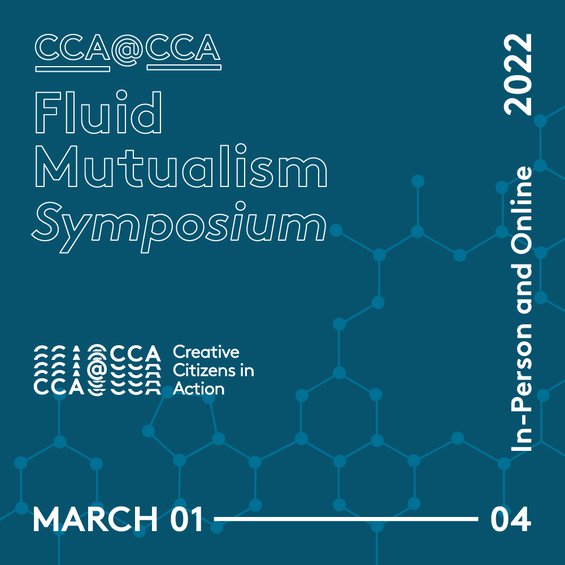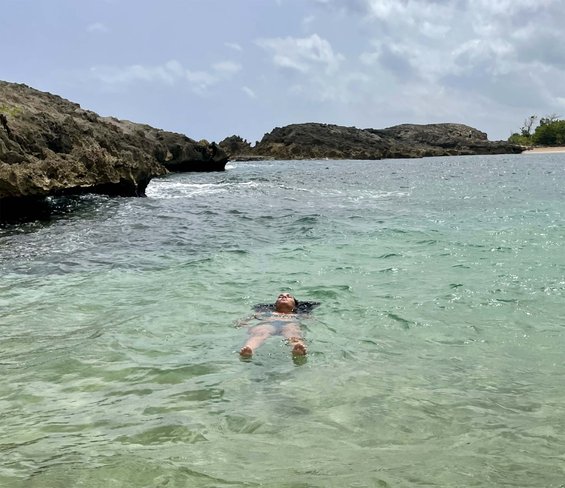Fluid Mutualism
CCA@CCA Fluid Mutualism Symposium
The CCA@CCA Fluid Mutualism Symposium is a weeklong series of talks, workshops, teach-ins, exhibitions, and activations that explore how our quality of life is dependent on assembly and communal responsibility—two of the five pillars of the Communal Flower, a model for understanding communality in the ancient philosophy and daily practice of Indigenous nations in southern Mexico.
The symposium is a meditation on the importance of water and everything it teaches us about how to move through our brief time on Earth. We are water, either stagnant or flowing, nourishing or polluted. What we do with the water inside us will impact all life around us and determine the future for generations to come. How can our community, this school and everything constructed within it be an example of fluidity, transformation, and clarity?
Organized by the Creative Citizens in Action initiative, in collaboration with CCA faculty, students, and staff, the symposium serves as an anchor point for the Deborah and Kenneth Novack Creative Citizens Series, a year-long conversation series that spans the disciplines of art, design, architecture, and writing. The Fluid Mutualism program is organized by 2021-2022 CCA@CCA Faculty Coordinator Professor V.
The last year has clarified for some what the Earth itself and many minoritized people have highlighted over five centuries: the imbalance of power has grave and rippling consequences. We are, after all, a net of energy and matter tightly woven in a spiral of spacetime. We are impacted by the elements and forces that we design, agree to, and dream of. The 2021-2022 Creative Citizens in Action (CCA@CCA) theme, Fluid Mutualism, was selected by CCA@CCA Faculty Coordinator Prof. V, to investigate intergenerational symbiotic relationships, networks, and strategies expanding within different communities, species, disciplines, and territories.
Inspired by the ancestral practices and philosophies of maintaining harmony by Indigenous people from around the world, Fluid Mutualism will center Indigenous knowledge and technology. It will focus on four of the five pillars of the Communal Flower, a model for understanding communality in the ancient philosophy and daily practice of various Indigenous nations in southern Mexico: land, communal responsibility, assembly and joy.
The 2021-2022 Deborah and Kenneth Novack Creative Citizens Series will explore each of these four pillars in depth through talks, workshops, collective activities, and exhibitions. Commissioned writings published throughout the academic year will provide further insight into each of the pillars. And a worksheet imagined by Prof. V invites the CCA community to name the teachers, elders, and family members who helped shape their path.
The Communal Flower

The Communal Flower is a model for understanding the communality inherent to the ancient philosophies and daily practice of various Indigenous nations in southern Mexico. At the center of the flower is la milpa, an ancient Indigenous farming system that includes the simultaneous cultivation of corn, beans and squash. La milpa is not only a physical site where sustenance is produced—it is at the core of social, political, and ceremonial life. In the Communal Flower, emanating outwards from la milpa are five main pillars of daily life in Indigenous communities: land, communal responsibility, assembly, native language, and joy.
For a fuller understanding of la milpa, the Communal Flower, and the pillars, please read “La Milpa, the Origin of the Communal Flower” by Parménides Rodríguez (The Shadow).
Read “La Milpa, the Origin of the Communal Flower” in English ➞
The pieces of advice in the graphics below are selections from the book Topohual by renowned author and ethno-historian, teacher and Elder Arturo Meza Gutierrez. They originated from the Nahuatlaca Native Nations of Anahuaca (mesoamerica) and have been passed down from generation to generation since time immemorial. We are sharing them thanks to Matchia Toltekatl, Teacher Akaxe Gomez, with the permission of Elder and teacher Arturo Meza Gutierrez. To them, we say Tlazohcamati Miak (thank you very much) for allowing Prof. V to share this knowledge with the CCA community and beyond.
Land

"Land is kin, creaturely, and home. Land carries stories from before human time and of the nonhuman. Land knows the pleasure and struggles of our ancestors. The land has tasted our blood, sweat, and tears, sown like seeds in water and earth. They have birthed all of our cosmologies, songs, spirits, instruments, and medicines. Land is sustenance and we are sustenance unto the land."
Read "Juracán: The Sacred Meteorology of Swamp & Storm" by jazmín calderón torres ➞
Communal Responsibility

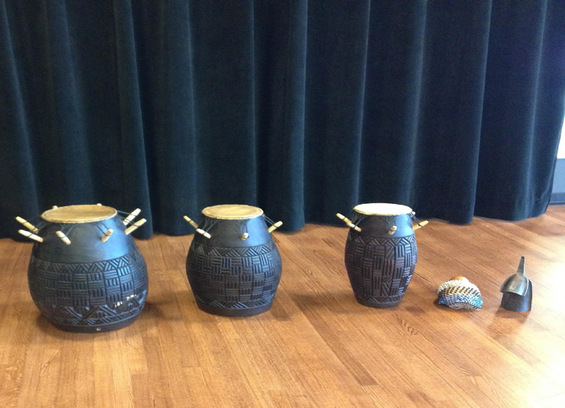
"We are like bees. Bees, they make honey, they eat the honey themselves, right? So we make the music and we consume it ourselves as the communal thing. It's as simple as that, we don't make music for anybody else. "
Read "We Are Like Bees," a conversation with teacher, dancer, and drummer Kwesi Anku ➞
Assembly

Joy


"Joy is knowing that even in the thick of extraction and ignorance is Mama Earth’s divine intelligence, giving strength and stamina to those leading the work in decolonization and collective liberation. Without this, the communal flower would slowly but surely wilt and die. "
Read "Joy: Reparations and Access" by Tiny with editor's notes by Niv Rajendra ➞
Pedagogy Network: Mapping Kinship
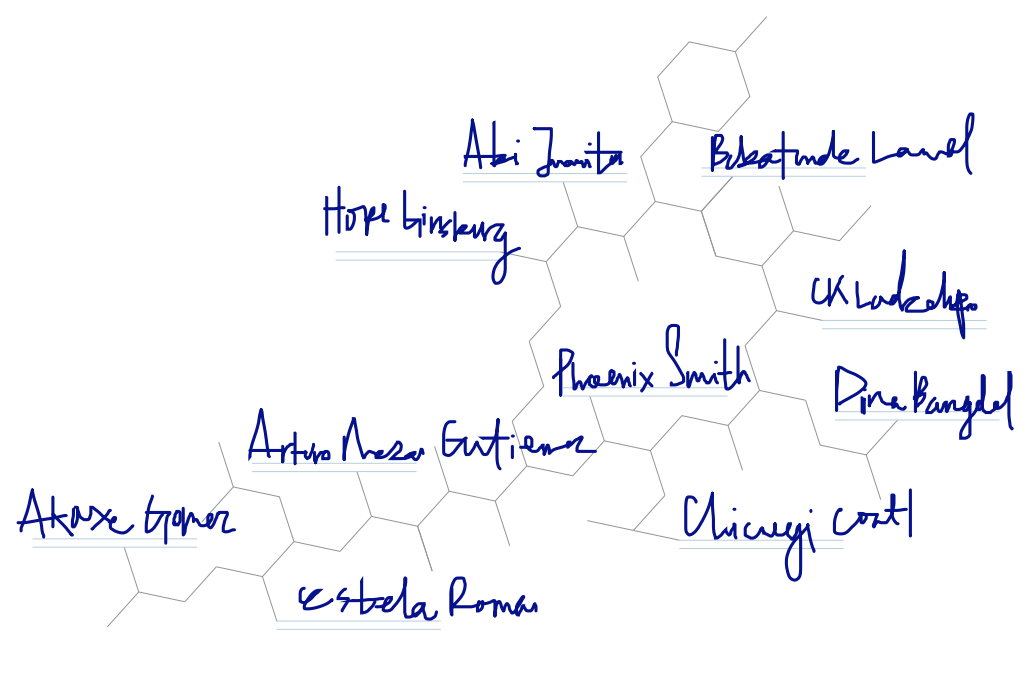
Prof. V is indebted and grateful to their ancestors, elders and teachers (Hope Ginsburg, Dina Bangdel, Babatunde Lawal, CK Ladzekpo, Tony Dubovsky, Chicueyi Coatl, Estela Roman, Laura Perez, Karolina Gonzalez Perez, Akaxe Gomez, Arturo Meza Gutierrez and Celia Herrera Rodriguez), without whom their life and work would not be possible. In acknowledgement, Prof. V has mapped their names onto the chemical structure of oxytocin, a hormone closely associated with our ability to build positive relationships (see above). On a separate worksheet, Prof. V has mapped their names onto honeycomb, a structure representing communal responsibility.
To whom do you owe gratitude?
Who nurtured you?
Name the teachers, elders, and family members who helped shape your path.
About 2021-2022 CCA@CCA Faculty Coordinator Prof. V
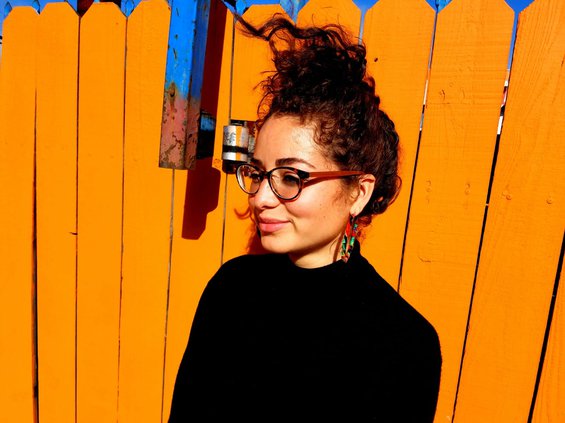
Prof. V was born in Guanajuato, México. They have been a migrant since 1999, formed by the cultural context of Texas, Georgia, and Virginia. They studied visual arts, craft and art history at VCU (2010) and art practice and ethnic studies at UCB (2014). They are currently based in Huichin, Oakland working as a transdisciplinary cultural producer & educator at CCA and SFSU. Their practice involves art, performance, music, hip hop, writing, red medicine (MTM), cultural organizing, traditional ecological knowledge & danza Mexica Chichimeca (mihtotiliztli).
About 2021–2022 CCA@CCA Student Fellow Niv Rajendra

“Fluid Mutualism is a state of being; a way of arriving at the world and a value system. Do our daily choices uphold values of reciprocity and care? Are we working to navigate the ebbs and flows of our collective lives with clarity and generosity?”
Read an interview with Niv Rajendra in Rewind Review Respond ➞
Niv Rajendra is a socially engaged artist and certified Ayurvedic Practitioner. Through her work she explores how the renewal and reinstatement of Indigenous spiritual knowledge can repair damaged relationships in human communities; between humans and the land; and between living and non-living entities. She emphasizes reciprocity and dialogue and adapts her creative media to the situations of the beings with whom she works. Originally from New Delhi and Mangalore, India, she has lived and worked across the world, and is currently based in Huichin (Oakland), USA.

